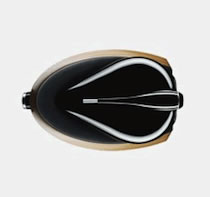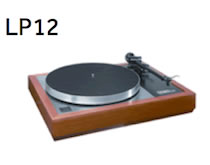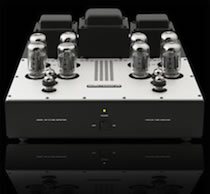|
The "Sounds of life" chart (courtesy of Unitron) shows common sounds that we may encounter from time to time and the relative intensities and frequencies of each. In general, sounds louder than 80dB SPL are considered potentially hazardous if exposed for some time. "When sound reaches an intense level, it can damage the hair cells of the inner ear. This results in a loss of electrical impulses for a range of pitches. Often the damage affects the higher frequencies or pitches first. In human speech, the consonants "t", "s", "th", and "sh" become difficult for people to hear." Here are some simple precautions we can take to protect our hearing for a long, long time: 1. Avoid over-exposure to loud sounds. Yes, Mom was right. This is a combination of the intensity of the sound and the duration of exposure. It is entirely possible to suffer greater hearing loss by listening to moderately loud music for a long time than loud music for a short period of time although both are bad. 2. When wearing portable headsets in a noisy environment, make a conscious effort to keep the volume turned down. The tendency is to turn up the volume to drown out the background noise. 3. Avoid using ear-buds/headsets in one ear only. You will generally need to crank the volume way us to get the sensation that you want. 4. Make use of the Volume Limit setting on the iPhone, iPod and similar portable music players. 5. Wear earplugs in noisy environments whenever possible.
|
|







